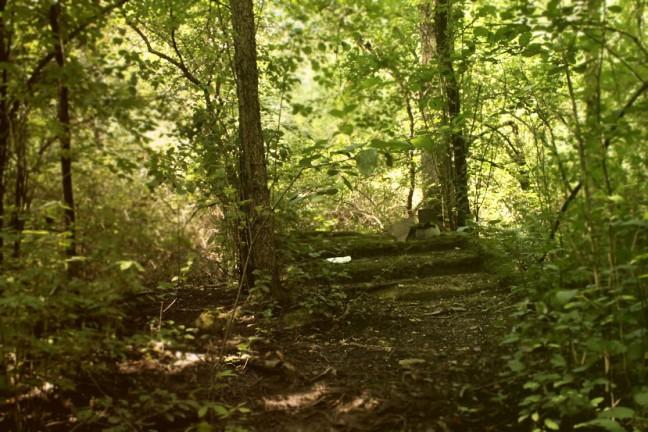Climate change is a hot topic, literally. Besides the increasing temperatures and rising sea levels across the globe, there is another phenomenon that could be an indication of climate change — lighting.
According to Inside Climate News, temperatures have been increasing at an average rate of 0.32º F per decade since 1981. The resulting warmer air also affects its moisture content, making conditions more favorable for thunderstorms, Inside Climate News found. And better chances for thunderstorms means there are also better chances for lightning to strike.
In the Department of Botany’s McCulloh Lab, University of Wisconsin post-doctoral research fellow Jeannine Richards studies how lightning can shape nature. Her recent research focuses on determining what tree species will be present in the future and how lightning strikes can play a factor in it.
Richards found that tolerance to lightning is an adaptive feature among the tall tree species present in the canopy of forests. This is exciting, Richards said, because it means that lightning is a force that affects the species composition of forests.
“In places where lightning storms are frequent, we would expect species that are tolerant of lightning to be more abundant in the forest canopy, whereas in places with few lightning storms there might not be any relationship between lightning tolerance and species composition,” Richards said in an email statement to The Badger Herald.
Previously, research had accounted for other factors like drought and fire in structuring and restructuring nature, Richards said. But the lab’s newfound research proves lightning to be a factor to consider.
Richards also found that among the lightning-tolerant trees, there were several similar and notable traits among the species.
“They tended to have dense wood with proportionately larger water transport vessels and higher leaf nitrogen,” Richards said. “Dense wood, which showed the strongest relationship with lightning tolerance, is characteristic of slower growing, longer-lived trees.”
In other words, as lightning strikes increase proportional to climate change, which some areas are already demonstrating, trees become both more lightning-tolerant and better at carbon storage. This effectively combats increased carbon turnover from tree death by lightning strikes, Richards said.
Developing research in this topic alters how scientists and environmentalists study forest responses to environmental changes as they are related to the previously unexplored topic of lightning. For now, Richards and the McCulloh Lab hope to continue exploring the topic and prompt more investigation into this electrifying subject.


